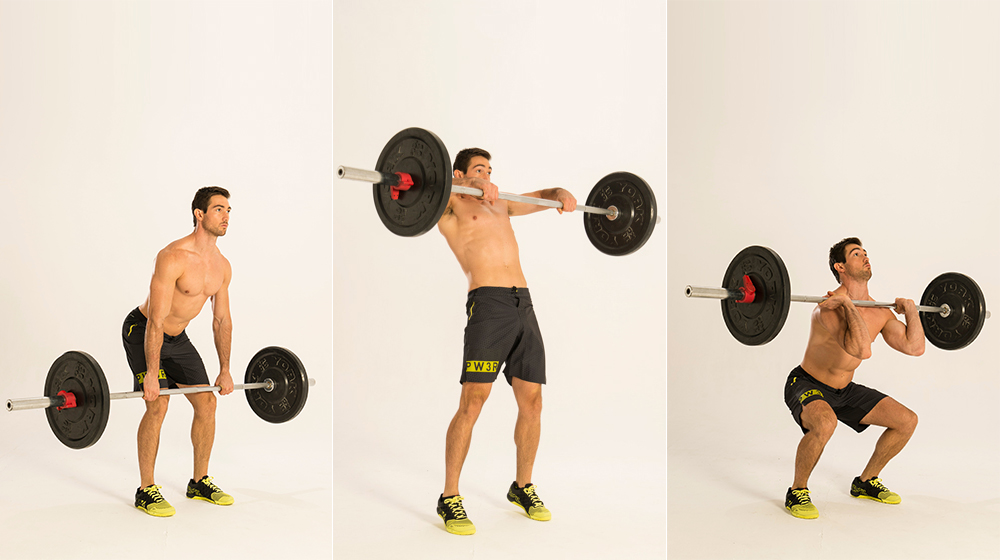Not all exercise is created equal.
For any runners that take their craft seriously, the correct training can make all the difference in running to your potential come race day.
Combining the appropriate form of preparation, with the right amount of exercise, can have you running at the peak of your body’s ability. When it comes to running, the two types of training that you need to be aware of is anaerobic and aerobic training.
You may have heard those terms from your fellow runners, or while at the gym, but do you know what they mean? Each type of exercise has their place in a running regimen, and distinguishing between the two will have you better prepared for any gruelling marathons ahead.
What is Aerobic Training?
The prefix ‘aero’ means air, and as the name suggests, is a form of training where the body intakes sufficient oxygen. Aerobic training works to improve the efficiency of your body’s circulatory system, and your heart in particular.
Training with proper oxygen circulation builds up your heart rate’s proficiency, allowing you to sustain your run for extended distances. Your heart and its ability to deliver oxygen throughout the body keeps your muscles fueled, while expelling waste products you don’t need (carbon dioxide and water).Periods of aerobic training helps your body increase in strength (as you can train efficiently for longer periods), as well as recover from any form of exercise economically.
To train aerobically, adopt long-distance cardio exercises: running (topped out at 80% of your max speed), swimming, cross-country skiing, or even brisk walks are all solid approaches. Your heart will become more resourceful, meaning you can perform cardio exercises for much longer before getting fatigued. This is also the preferred type of training if you’re running to lose weight. Regular aerobic exercise can reduce the likelihood of heart disease or other circulatory illnesses, too.
What is Anaerobic Training?
You’re smart (you’re reading this blog after all), so if aerobic training is exercising with sufficient oxygen, then anaerobic must be the opposite.No, we don’t mean holding your breath while working out but anaerobic training is defined by a lack of sufficient oxygen to the body.
We know what you’re thinking, and you don’t need to worry about passing out. Anaerobic exercise is safe, and necessary, in preparing for a big run.
When it comes to anaerobic running, your muscles aren’t getting the fueled like they would when training aerobically in other words, sufficient oxygen so they compensate by breaking down sugars in the body. This not only produces the same CO2 and water wastes, but lactic acid starts being manufactured in excessive amounts. You know the feeling that burning sensation in your muscles whenever you’re lifting weights, or after sprinting long distances. The body can’t clear the lactic acid quickly enough while you’re training, which causes the lactate buildups.
Anaerobic workouts, or ‘resistance training’, does a better job at building pure muscle strength, as opposed to muscle efficiency gained in aerobic exercise. Weight lifting, calisthenics, and yoga are examples of types of oxygen-deficient workouts. For muscle growth, power, and strength, anaerobic training is what you should focus on.

Why is Distinguishing Between the Two Exercises Important?
Now that you know the difference between the two forms of training, the knowledge can be applied to optimize your running strategy.
Running too hard at the beginning of a marathon or your regular workout will quickly put your body in an anaerobic training state, which you now know creates lactic acid. Since you’re running, not sprinting, endurance is what you’re aiming for. Lactate will create the burning feeling, and you’ll fatigue sooner, making it almost impossible to maintain your ambitious pace.
After lactic acid pools in your muscles, you’ll have to slow your speed down significantly to return to an aerobic state. If you’re competing in a race, it’ll be a struggle to keep up with the lead pack before the halfway point.
For anyone that takes running seriously, knowing the difference between anaerobic and aerobic exercises as well as which state your body is in will elevate your performance. Your body needs fuel to continue to exercise; pushing past your aerobic threshold will put you in an anaerobic state, burning through your energy faster.
There’s a simple test to see if you’re maintaining an aerobic state. You can try the ‘talk test’: when running, speak to your running partner (or yourself, if you’re working out solo) out loud. If you can manage to convey a few sentences without much issue, you’re exercising aerobically. Struggling to spit out one sentence, and then gasping for breath, means you’re training anaerobically. Slow down!
Whether you’re looking to build up running endurance or muscle strength, SEMI provides personal training services that’ll take your fitness to the next level. We’ll assist you in finding the optimal balance between anaerobic and aerobic training to have you dominating races before long.
Give us a call at 1-844-223-7364 to learn how we can help keep you healthy and at your competitive best!






